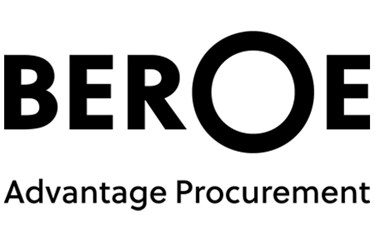Clinical Trial Staffing: Exploring Demand And Supply Patterns

 By Mathini Ilancheran, Senior Research Analyst, Beroe Inc., India
By Mathini Ilancheran, Senior Research Analyst, Beroe Inc., India
The increasing demand for strategic resourcing within the clinical R&D space has created significant changes to the staffing supply market. This has led to the creation of multiple supply bases –such as Staffing agencies, Lifesciences staffing, CRO FSP models, Clinical trial staffing and Lifesciences executive search. These companies are keen to provide flexible resourcing solutions to big Pharma as greater than 45% of their revenue generation emanates from them. CRO’s have invested in creating Functional Service Provision (FSP) units focusing on resourcing and insourcing solutions either through acquisition or expansion, with particular emphasis on supporting the Pharmaceutical industries resourcing needs. Prior to clinical resourcing related partnering and sourcing decisions, there is a need for Pharma to assess the demand, current supply, and engagement practices for resourcing. Future demand scenarios, supply market segmentation and engagement patterns need to be understood for efficient category planning and strategic resourcing.
Understanding Demand and Supply
As a first step, it is vital to understand demand and supply patterns to ensure supply can be managed efficiently to meet the demand. By doing so, the supply – demand gap can be mapped, providing the lead time available until demand can be met.1 When relating this to clinical trial staffing, pharma companies must understand the number of resources deployed at a granular level where Full-time equivalent (FTE) rates within individual divisions, such as clinical operations, medical affairs, biometrics, regulatory affairs etc., are measured. Following this, demand has to be forecasted regionally before the supply market can be explored.
Get unlimited access to:
Enter your credentials below to log in. Not yet a member of Clinical Leader? Subscribe today.
